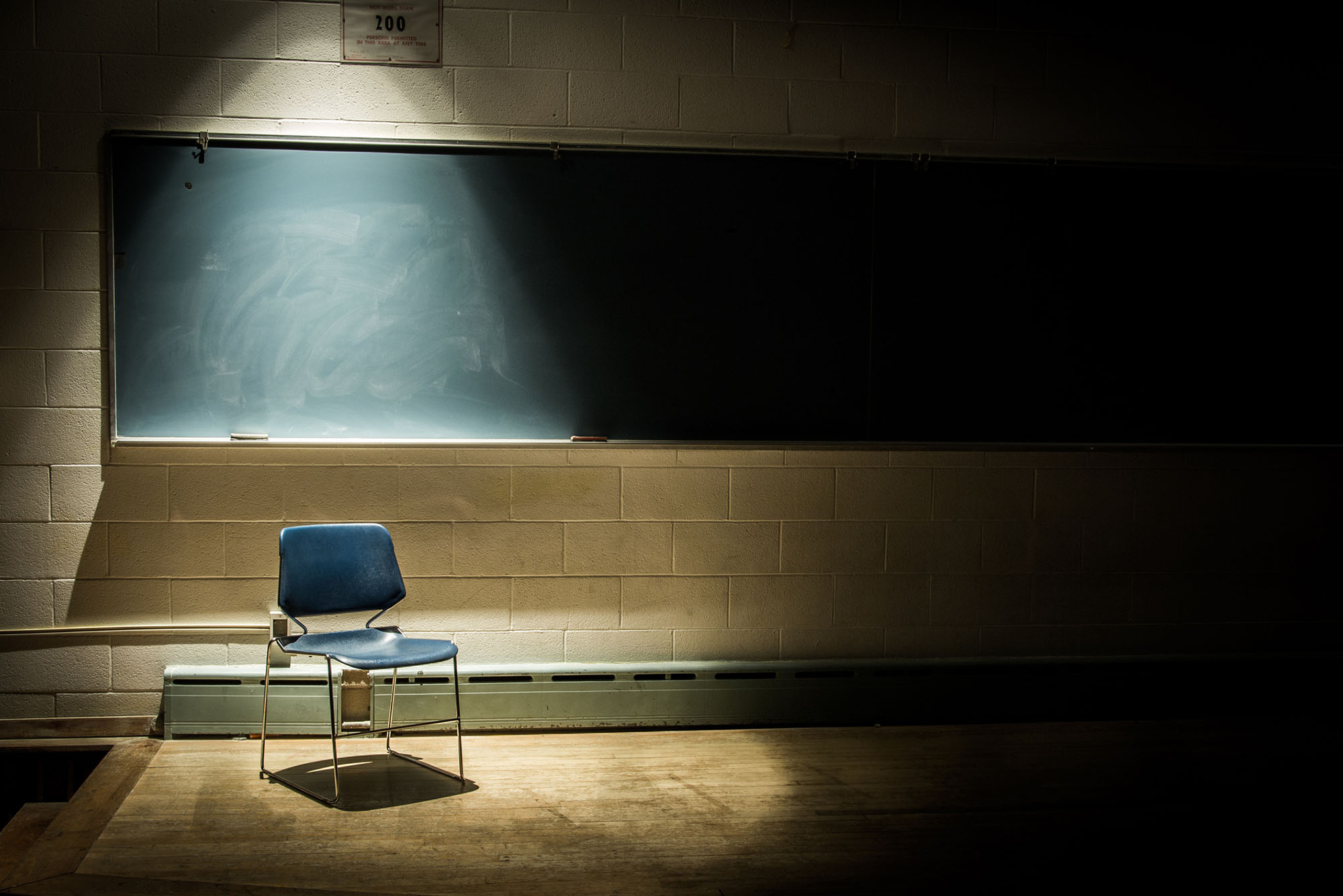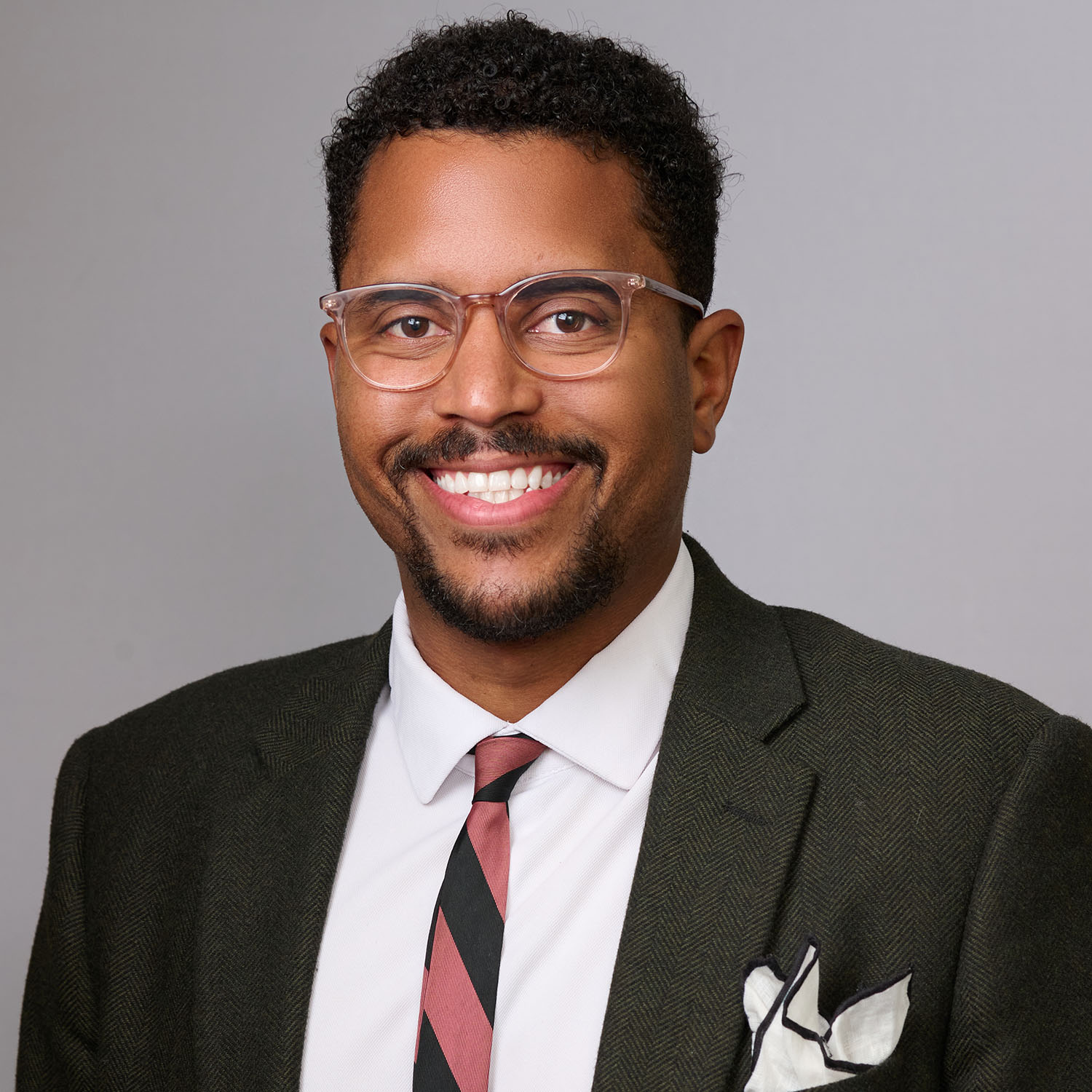Should Schools Struggling with Classroom Management Clamp Down with More Suspensions or Turn to Restorative Justice?
BU education policy researcher Christopher Cleveland weighs in on the national struggle to manage behavior and keep kids safe at school

When it comes to school discipline reform, most efforts by progressive educators are centered around replacing suspensions and school policing with restorative justice practices. Photo via iStock/Five Buck Photos
Should Schools Struggling with Classroom Management Clamp Down with More Suspensions or Turn to Restorative Justice?
BU education policy researcher Christopher Cleveland weighs in on the national struggle to manage behavior and keep kids safe at school
As close as Brockton, Mass., and as far as Los Angeles, teachers have been struggling to maintain order in their classrooms: there were more than 850,000 violent incidents in American schools in the 2021–22 school year, according to the latest figures from the National Center for Education Statistics. In May, in the Los Angeles Unified School District, police officers were redeployed to 20 school sites (later rolled back to just two) amid a steep “crime spike” on school campuses. Police officers were officially removed from all LAUSD campuses only four years earlier.
Two approaches seem to dominate the discourse on school discipline: one urges schools to cut back on suspensions in favor of elevated counseling and peer-to-peer problem-solving, or restorative justice; the other seeks to augment traditional disciplinary measures, like out-of-school suspension and expulsion, with an increased police presence in schools.
Massachusetts has dedicated much of its recent legislative support to the former. Back in 2012, a change in state education policy, known as Chapter 222, altered school disciplinary guidelines in favor of a more progressive, and less punitive, approach. It has reportedly reduced the amount of out-of-school suspensions by almost half in the past decade. But Chapter 222 became a lightning rod for educators in Brockton earlier this year, when school disciplinary issues, especially violent behavior, became so severe that one high school teacher had his arm broken while attempting to break up a fight. In response, parents and school board members officially requested aid from the National Guard.
Speaking to the Boston Globe, Brockton High School senior Shamara Tavares demanded that unruly students be removed. “Either take action or watch the rest of BHS fall,” she warned.

Do schools need to double down on traditional discipline policies, or is there still a way for progressive reform, and restorative justice, to work? Christopher Cleveland, a Boston University Wheelock College of Education & Human Development research assistant professor of educational leadership and policy, is an expert on social policies and schools. His research has examined the impact of state discipline reform laws and he believes in the potential of restorative justice, especially as a means to address disparities in student discipline.
“It’s very likely that low-income students, students receiving special education services, and students of color, particularly Black and Latino students, were most likely to receive a suspension in the pre-reform period,” he says, “and that’s an issue that needs a solution.”
The Brink sat down with Cleveland to ask why reforms work in some contexts and not others, and what goals should be front of mind as we close out one school year and lay the foundations for the next one.
Q&A
with Christopher Cleveland
The Brink: Tell us a little more about restorative justice, and Chapter 222.
Cleveland: Restorative justice has been one of the prevailing methods that helped reduce the number of discipline incidents and how we address those incidents. Some of the ways this gets meted out in schools is that instead of directly punishing or suspending a student, they’re meant to be engaged in a more reflective practice, where they can think about what led them to that behavior, what they can learn from it, and what they might do differently in the future. I think the most compelling evidence on the efficacy of that type of work has come out of Chicago Public Schools, where some research has shown that restorative justice practices can help reduce violent behavior and arrests. Meanwhile, Chapter 222 was a discipline reform put in place in Massachusetts, and the general premise of that legislation was to say schools have been suspending too many students and therefore schools should be looking for ways to reduce the number of suspensions that they are giving to students.
The Brink: Why was a similar initiative so successful in Chicago, but not in Brockton or Los Angeles?
Cleveland: I have a sense that the Chicago program was fairly intentionally implemented and well-resourced. It wasn’t something that was done without consideration for funding and the training that needs to accompany a dramatically different approach to working with students. Some of the features I think about are: Do students and staff have clarity on the norms for student behavior, and are you consistently applying them? And if you’re not, what are some of the reasons that might be happening? If you’re trying to move toward adjusting the way your school does discipline, you need to communicate those changes in the norms, both internally with staff and students, but also with families. You need to think through how you develop staff expertise and implement that new shift. It isn’t a one-off training; it’s something that has to be pretty consistently applied. Bringing in external support also helps make that shift, so I think it’d be unfair to undersell some of the complexities involved in making a change in the way you “do discipline.” It might be the case that more funds should be dedicated to doing this work. One key question is whether that investment is meant to come through state funds, or is actually meant to represent a reallocation of funds within the school system itself—which is challenging, but, again, it has to be sustainable.
The Brink: On the other end of the spectrum, many see increased police presence in schools as a solution to discipline problems. Does this run counter to the idea of restorative justice?
Cleveland: What seems to happen more often than people would like, is that the presence of a police officer can lead to the criminalization of otherwise innocuous behavior. Some of the discipline alternatives that have been put forward look at how you can make certain student behavior responses into opportunities where students can learn and make amends for their behavior without becoming involved in the justice system. I don’t think we’ve fully exhausted the proactive educational interventions that might help limit student behaviors that are considered to be negative. In fact, a lot of the conversation right now is looking at how we might be able to cultivate better social worker or counseling interventions that can help to create more positive school environments and to reduce the presence of these behaviors outright. But I also think that the lack of socialization that students had during COVID highlights pronounced challenges, particularly in larger school environments—more student dynamics creates more demands.
The Brink: It sounds like a broader, systemic overhaul is needed here.
Cleveland: I think it’s fair to think about all of these things as being systems-oriented issues: a positive school climate, school finance, student behavior issues, cultivating quality and diverse teaching, workforce, school leadership, curriculum, enrichment and intervention opportunities, and the management of the facilities in which students are learning. Many of those things interconnect and can contribute to the things that students do, both good and bad, and also help mediate out-of-school factors that contribute to students doing things that we would consider to be harmful.
The Brink: What are some benchmarks of success? How do we know if any particular reforms are working?
Cleveland: At the extreme, it’s making sure there continues to be low rates of drug incidences or violence. It’s pretty key; I don’t think we want the extreme behaviors to increase. That requires a lot of conversations with families around what might be the case leading students to [misbehave] and also requires conversations with students for that to happen. I don’t think those types of conversations were happening much before 2010, but we now actually know which kids in our schools don’t feel safe and we can actually have conversations with them in a way that previously we could not.
This conversation was edited for clarity and length.

Comments & Discussion
Boston University moderates comments to facilitate an informed, substantive, civil conversation. Abusive, profane, self-promotional, misleading, incoherent or off-topic comments will be rejected. Moderators are staffed during regular business hours (EST) and can only accept comments written in English. Statistics or facts must include a citation or a link to the citation.